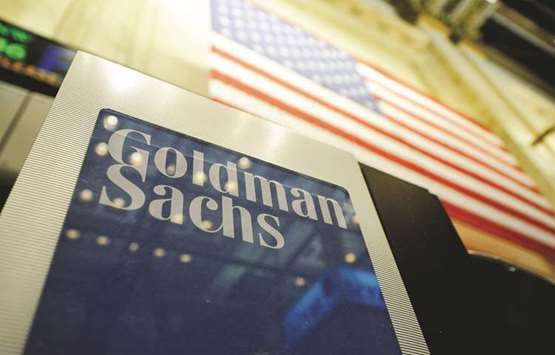Banks have not had much to cheer when it comes to market trading in recent years, but the batch of US second quarter earnings just out is providing some good news.
The top five Wall Street banks accrued over $20bn of revenue from market trading in Q2 across FICC (fixed income, currencies and commodities) and equities.
That’s up 10% from $18.55bn the same period a year ago. European banks’ earnings will be released in the coming weeks. Deutsche, the continent’s leading trader, has already indicated that trading revenue will be down around 15%.
The question now is whether the upturn in US banks’ trading fortunes proves to be a blip or a turning point.
Regulation restricting banks’ market-making activities and ability to hold bonds on their books, together with the secular shift toward automated trading will continue to tighten the squeeze on activity and revenue.
Lower market volatility has also depressed trading volumes and curbed the hedging activities of bank clients in currencies, cash securities and derivatives.
This squeezes revenue. Higher vol, providing it isn’t so severe it crashes markets, should boost trading revenue.
But volatility will pick up, right? Banks are pinning their hopes on it.
Much of the US banks’ Q2 trading rebound was driven by equities.
Unlike foreign exchange and bonds, stock market volatility was higher than a year ago following the record surge in the VIX, Wall Street’s so-called “fear index”, in February.
The VIX averaged 15.3% in the April-June, compared with 11.4% in the same period last year. Goldman Sachs was the worst performer in equities of the big Wall Street five, its revenue stagnating at around $1.9bn. The other four posted gains between 14% (Morgan Stanley) and 24% (JP Morgan). Goldman was also an outlier in FICC, but at the other end of the spectrum.
Revenues jumped 45%, although the bank’s surprisingly weak April-June period last year was probably the biggest single influence behind the rebound. Citi was the only one to record a decline in FICC revenue.
The overall picture in FICC was mixed, in no small part thanks to lower volatility. Deutsche Bank’s G10 FX implied vol index averaged 7.2% in the second quarter compared with 7.9% a year ago, and the one-month Mermove index of US Treasury implied vol averaged 53.1 compared with 58.7.
“Banks are ending the first half of the year on a good note.
But fixed income and FX vol is low, so it will be a challenging second half of the year,” said Amrit Shahani, research director at industry analytics firm Coalition. “For FICC to rebound, we will probably need to see an increase in volatility.”
Trouble is, volatility is not rebounding.
The VIX is back down at 12%, Deutsche’s FX vol index is at 7% and the one-month Mermove index is at 45.0.
That’s the lowest level this year.
The third quarter is typically the quietest of the year as the US and European summer holiday season thins out market liquidity.
On the other hand, thinner liquidity could potentially trigger outsized market moves.
It’s early days, but this is how markets are starting Q3: Wall Street is closing in on January’s record high, the US yield curve is flattening towards inversion, the dollar is going from strength to strength, and commodities and emerging markets are on the defensive.
So, some trends for traders and investors to latch onto, potentially giving a shot in the arm to banks’ trading operations. But if volatility remains anchored, the sugar rush will fade pretty quickly.
* Jamie McGeever is a columnist for Reuters. The views expressed here are those of the author.

Goldman Sachs was the worst performer in equities of the big Wall Street five, its revenue stagnating at around $1.9bn


